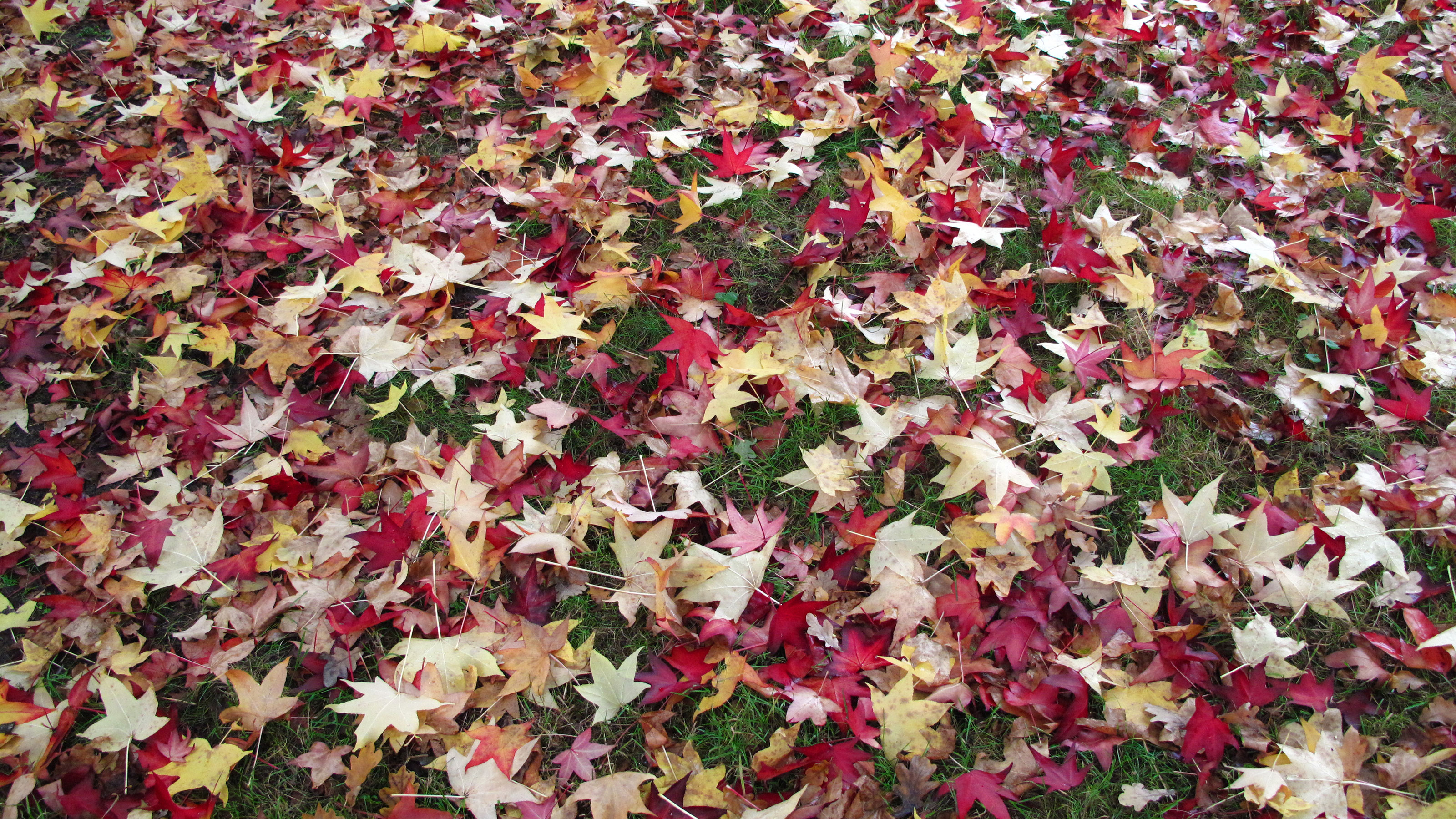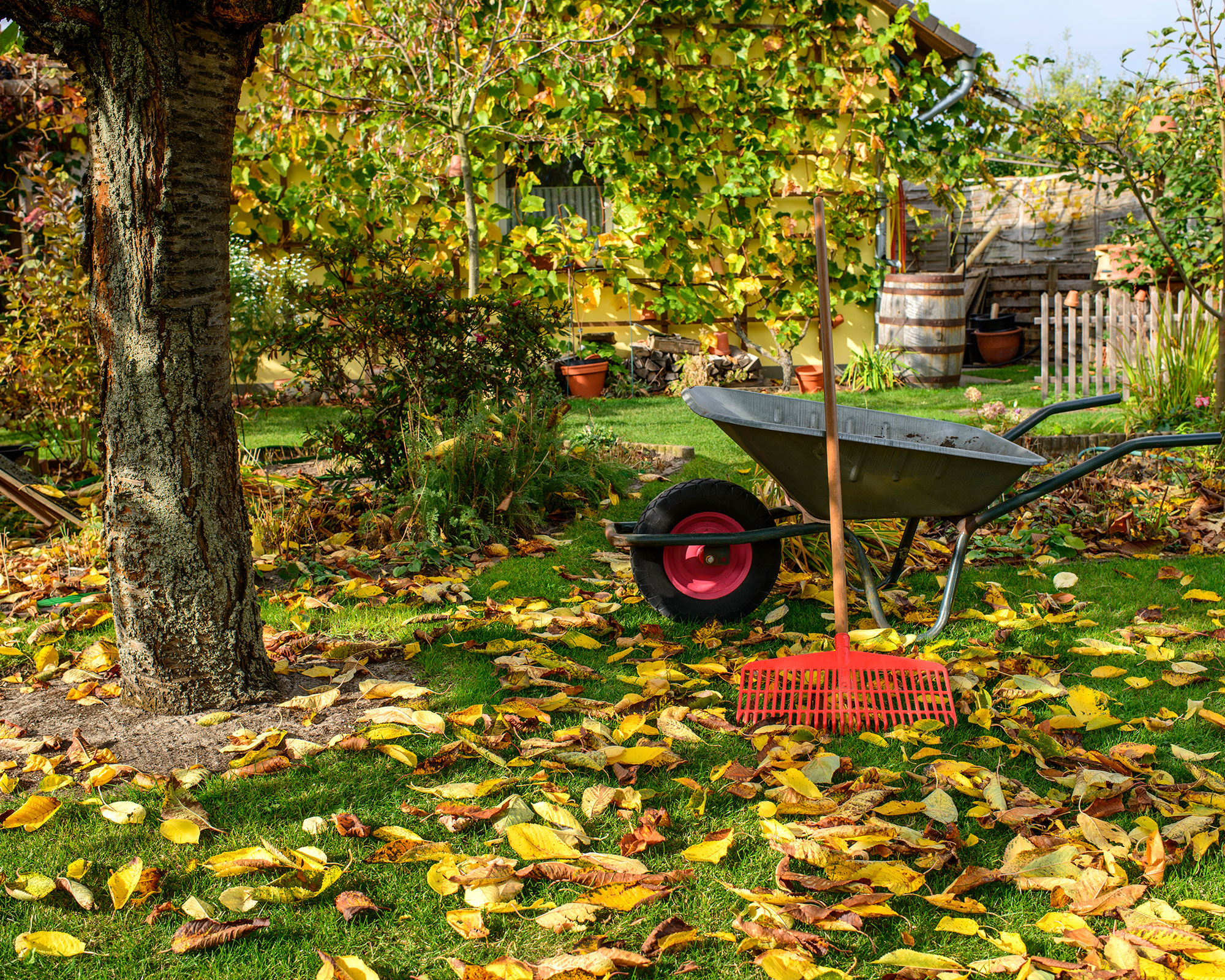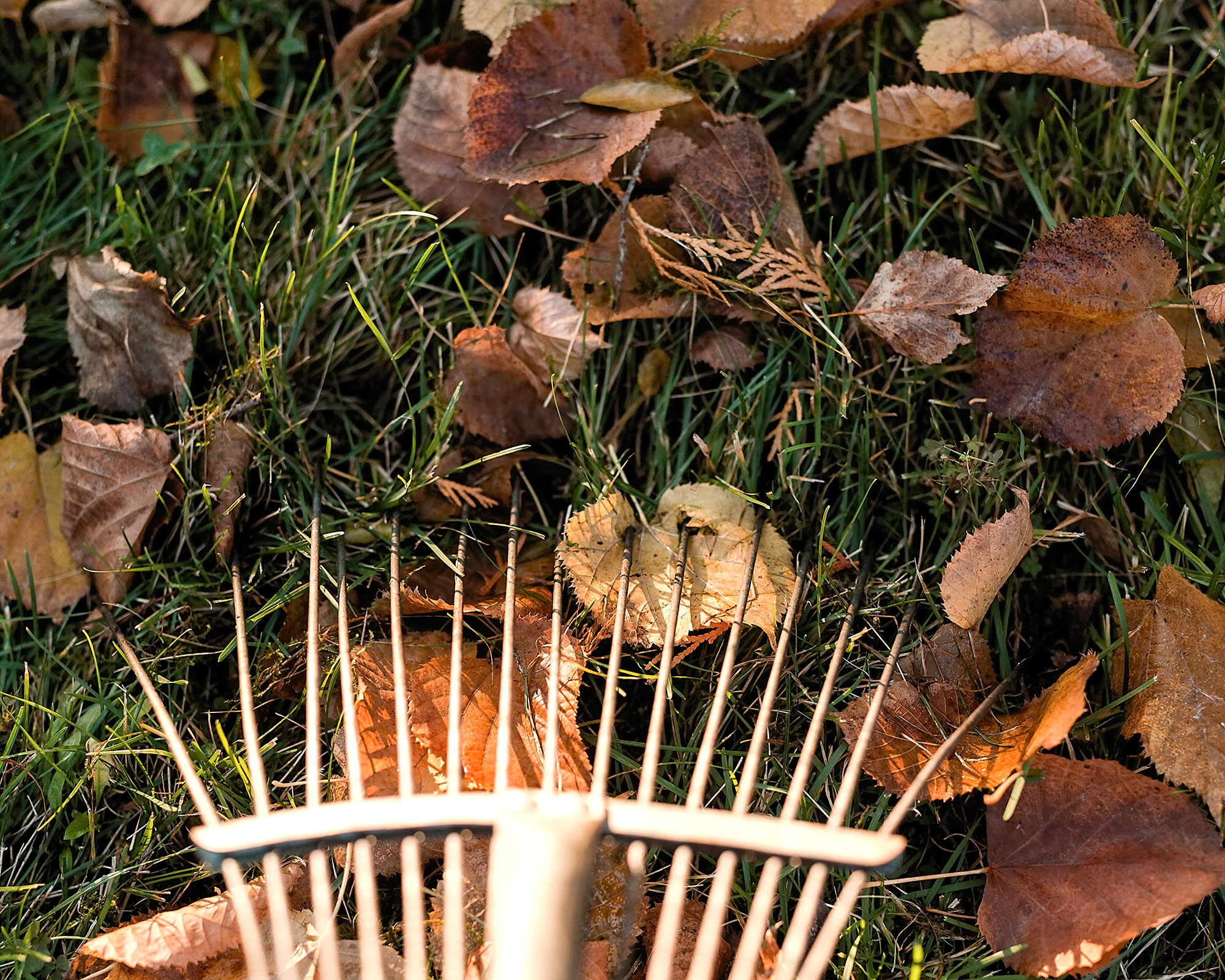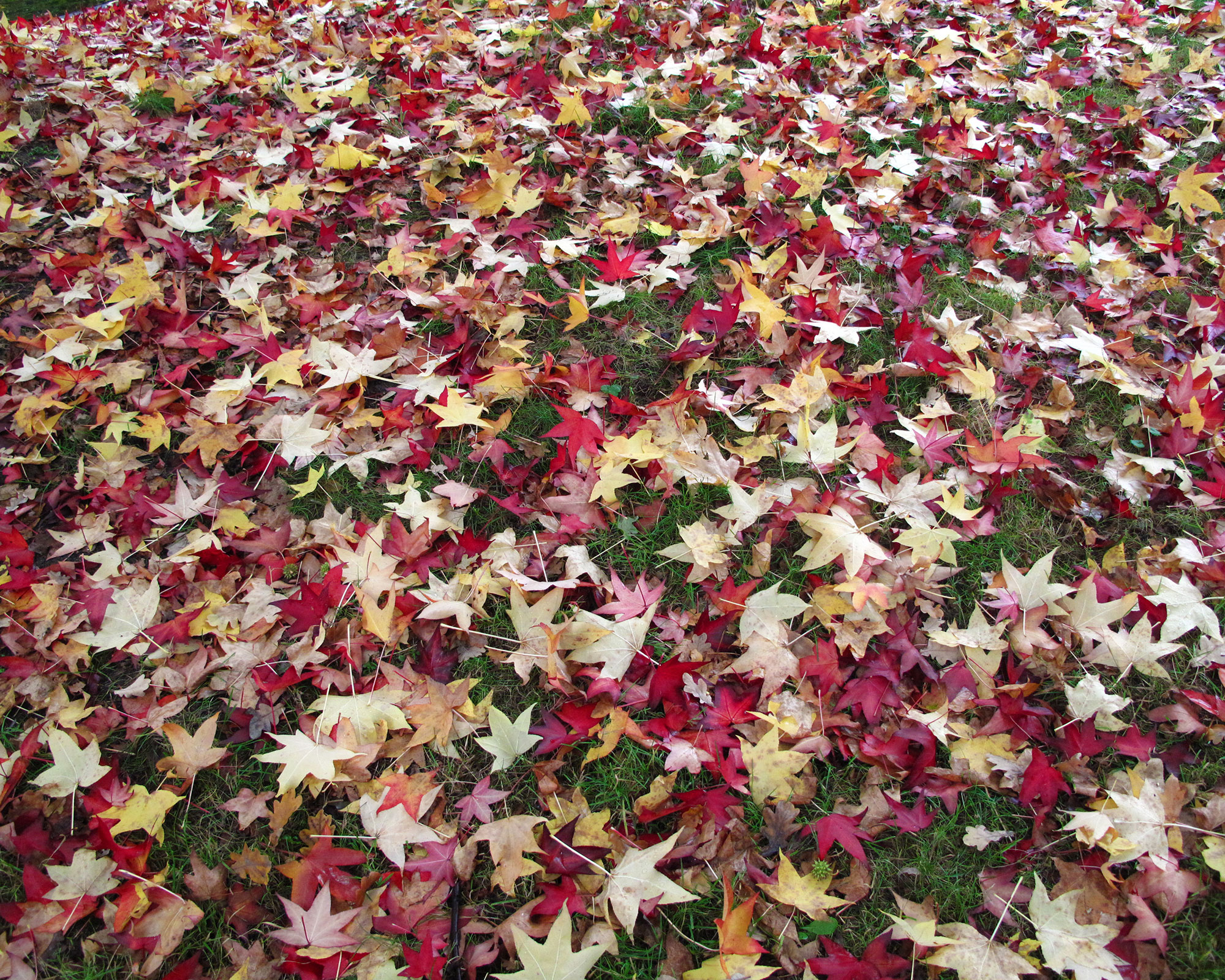Why you shouldn't leave fallen leaves on your lawn, according to British gardener Alan Titchmarsh
Gardening expert advises you take action this fall to avoid the peril of fallen leaves, which can damage and even kill your grass


Celebrated British gardener Alan Titchmarsh is warning that lazy gardeners who leave their lawns under a carpet of fallen leaves this fall are putting their precious grass at risk.
'Your lawn is probably drowning at the moment under a blanket of leaves,' he says. 'Now you may be tempted to think I’ll wait until they’re all down on the lawn and then I’ll have one big clean up. Don’t!'
Alan, a regular TV gardening show presenter and author of countless gardening books, says that whilst cleaning up leaves may be time-consuming, it’s a vital task for your lawn care.

Fallen leaves warning
If you’re keen on practising healthy autumn lawn care heed Alan’s advice: 'If they sit there for weeks, and oak leaves remember don’t come down till about Christmas, by the time you rake them off in that one big clean up you’ll find that there’s no grass left underneath – it’ll be killed off.'
This is because leaves cause damage to lawns by starving them of much-needed light and air, which quickly kills off healthy grass plants.
Cleaning up leaves doesn't have to be a really time-consuming task. 'The easiest way is to rake them up with a simple leaf rake, like this one from Amazon,' says Gardeningetc editor Beth Murton. 'It's nice and long so there's less need to bend down when completing this gardening task.'

Leaves can look after wildlife
However, horticulturist, Charlotte Bailey, who has a MSc in Botanical Conservation, and runs specialist plant website Oh So Garden, disagrees.
She says that in many cases, leaving some leaves on your lawn can be beneficial to the grass: 'As they decompose they can act as a natural organic fertilizer, adding key nutrients such as nitrogen to your lawn’s soil.
'Mowing your leafy lawn can also help small critters and micro-organisms break down the matter faster; leading to a quicker nutrient uptake in spring.'

Creating a mini ecosystem
In addition, Charlotte adds, the leaf layer itself is its own mini ecosystem. 'If you want to do your part for your community’s wildlife, keep some of those leaves. Leaves act as a natural habitat and feeding ground for butterflies, chipmunks, hogs, squirrels, earthworms and even shrews,' is her advice. 'Raking leaves away disrupts their life cycle and eliminates beneficial insects.'
One way to balance things out is to allow part of the lawn to remain covered with leaves; when leaves break down they become food for bacteria and fungi. The bacteria and fungi remove the nitrogen from the leaves, leaving behind leaf mold, prized as a material for mulching because it is rich in organic material.

Jayne Dowle is an award-winning gardening, homes and property writer who writes for publications including Sunday Times Home, Times Bricks & Mortar, Grand Designs, House Beautiful and The Spectator. She was awarded the Garden Journalist of the Year accolade at the Property Press Awards in 2021.
